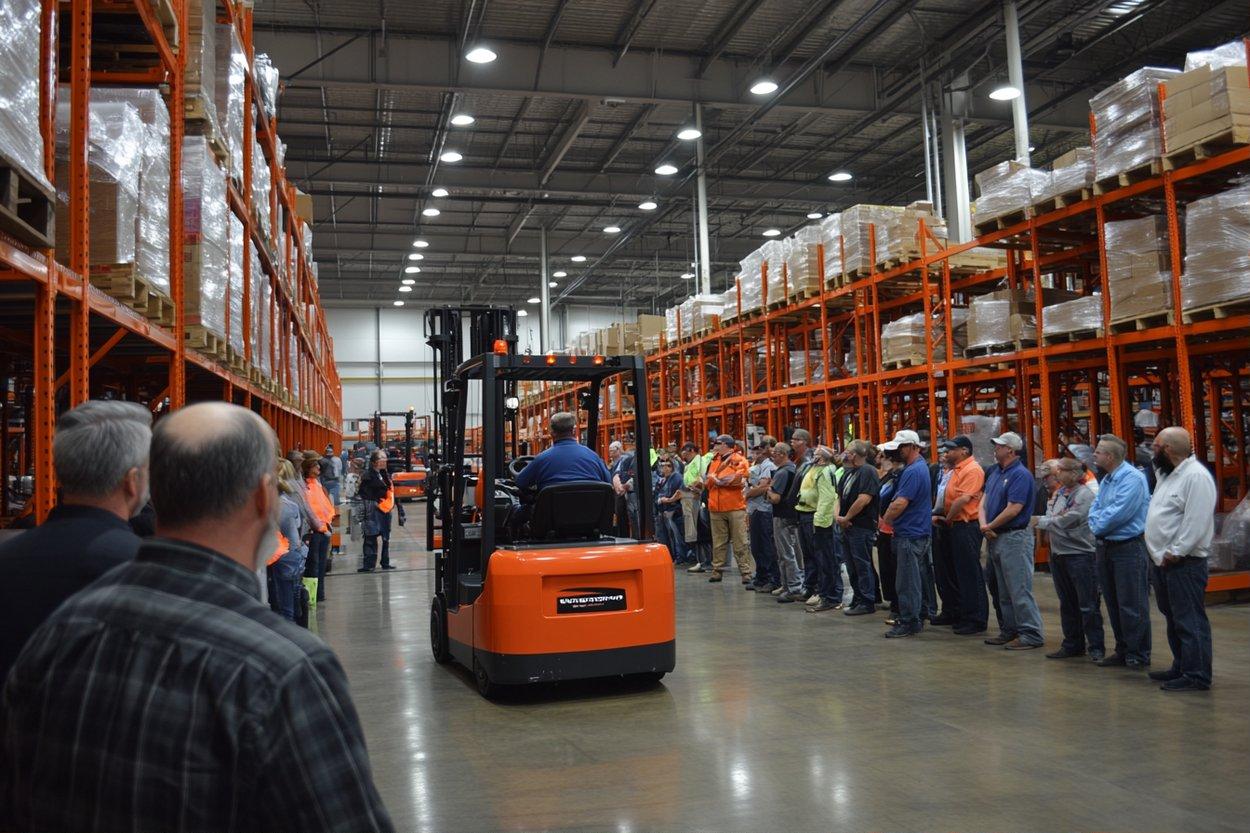Redefining Operational Efficiency through Process Mining
Introduction: In the dynamic world of business and industry, constant innovation is the key to staying ahead. One such innovation that offers significant potential in enhancing operational efficiency is Process Mining. This emerging technology is revolutionizing the way businesses approach process improvement, offering a data-driven lens to identify inefficiencies, bottlenecks, and opportunities for optimization.
Process Mining: A Brief History and Industry Developments
Process Mining emerged from the realms of data science and process model theory in the early 2000s as a way of extracting and analyzing process-related data from event logs. Originally, it was primarily used by academics and data scientists, but over the years, it has gained significant traction in the business world. As businesses started to realize the value of their data, Process Mining evolved from a niche tool into an essential part of the business improvement toolkit.
Current Business Trends and Expert Insights
Process Mining is becoming increasingly popular in industries with complex operational processes such as manufacturing, logistics, and healthcare. Today, businesses use Process Mining to enhance operational transparency, improve process efficiency, and boost compliance. Experts believe that as businesses become more data-driven, the adoption of Process Mining is likely to grow exponentially.
Impact, Benefits, and Challenges of Process Mining
The impact of Process Mining on business operations is substantial. It offers a clear, objective view of how processes are performed, uncovering hidden inefficiencies and bottlenecks that traditional analysis might miss. However, like any technology, it comes with its own set of challenges. The quality of insights is heavily dependent on the quality of data, and implementing Process Mining can be technically complex.
Research-Backed Claims and Insights
Research suggests that businesses that use Process Mining can significantly improve their operational efficiency. A study by the Hasso Plattner Institute found companies that implemented Process Mining saw a 10-30% improvement in process efficiency. Furthermore, Process Mining can lead to more effective risk management and compliance, as it provides a detailed view of process execution.
Practical Applications of Process Mining
Process Mining can be applied in various operational areas. For example, in supply chain management, it can be used to identify bottlenecks and inefficiencies, helping businesses optimize their supply chain processes. In customer service, it can help to understand customer interaction patterns and improve service delivery.
Enhancing Business Performance with Process Mining
-
Implement Process Mining in areas with complex processes for greater visibility and control.
-
Use Process Mining as a tool for continuous improvement, constantly analyzing and optimizing processes.
-
Involve all stakeholders, from management to front-line employees, in the Process Mining journey to ensure buy-in and effective implementation.
-
Be aware of the quality of your data. Clean and accurate data is crucial for meaningful insights.
In conclusion, Process Mining represents a significant opportunity for businesses to enhance their operational efficiency. As the business world becomes increasingly digitized and data-driven, adopting innovative technologies like Process Mining will become essential. By providing a clear, objective view of operational processes, it offers an unparalleled opportunity to identify inefficiencies, optimize processes, and drive business growth. After all, in today’s competitive business landscape, staying ahead means constantly innovating and improving.





